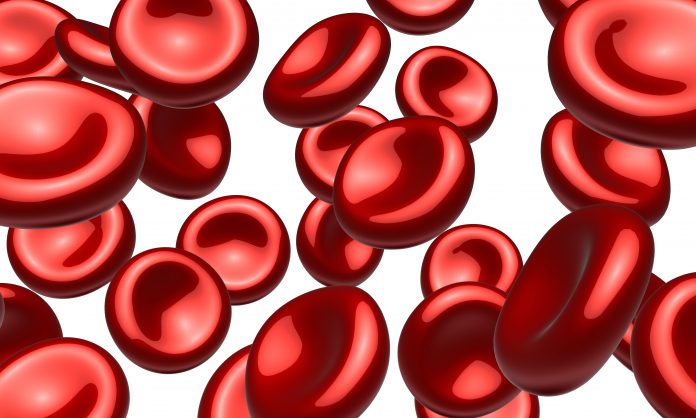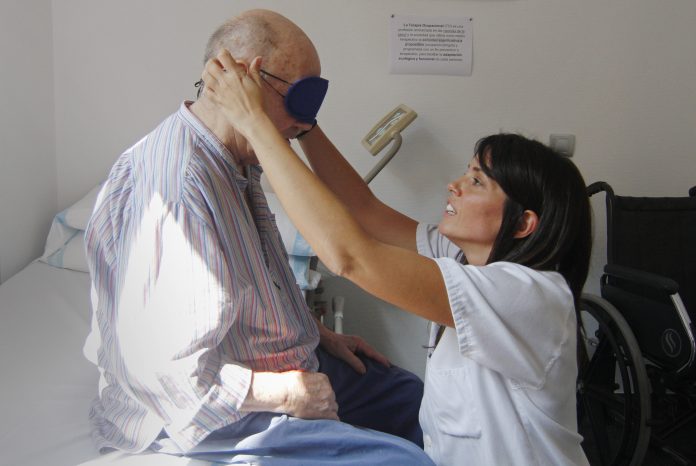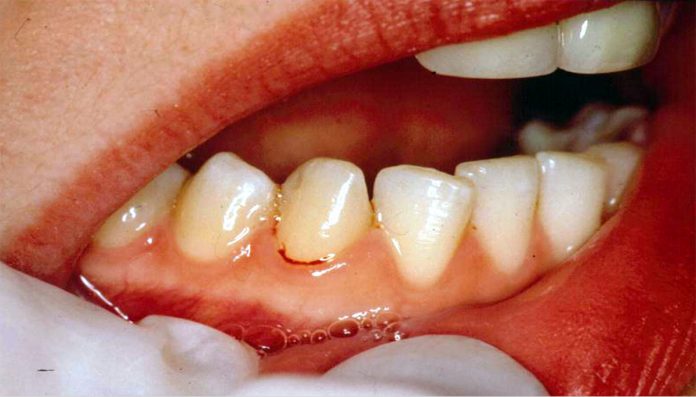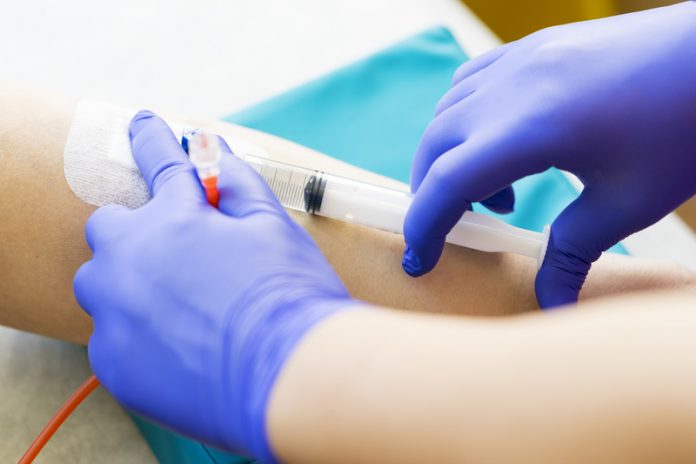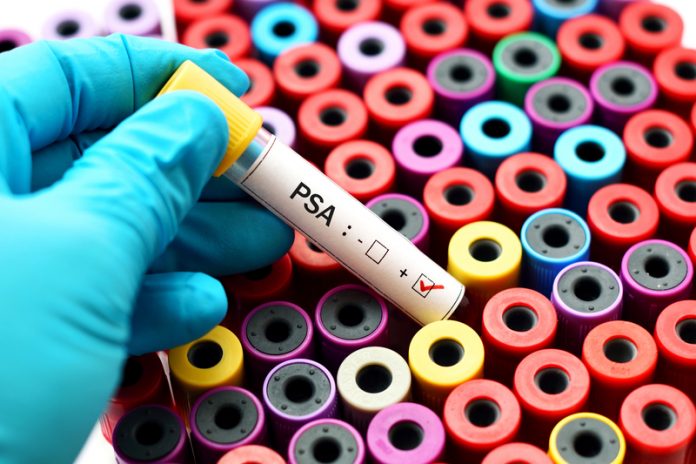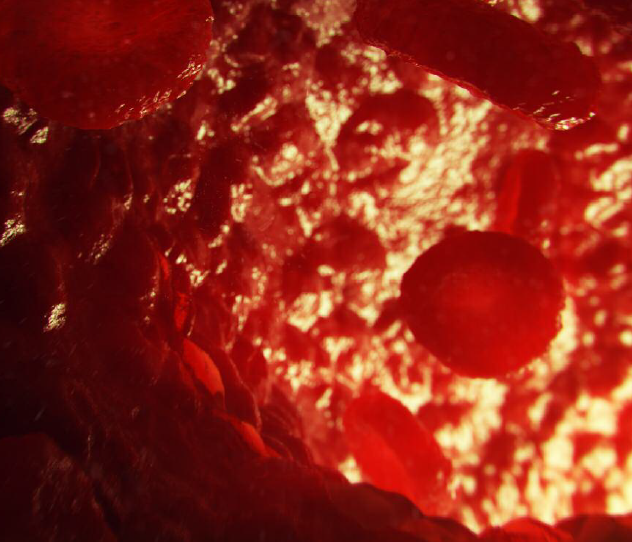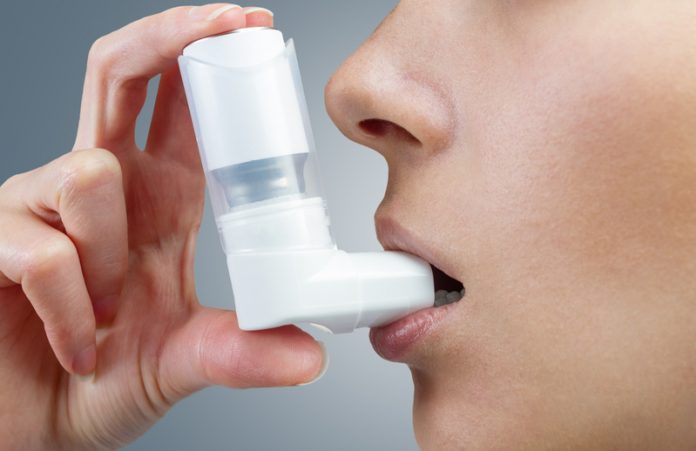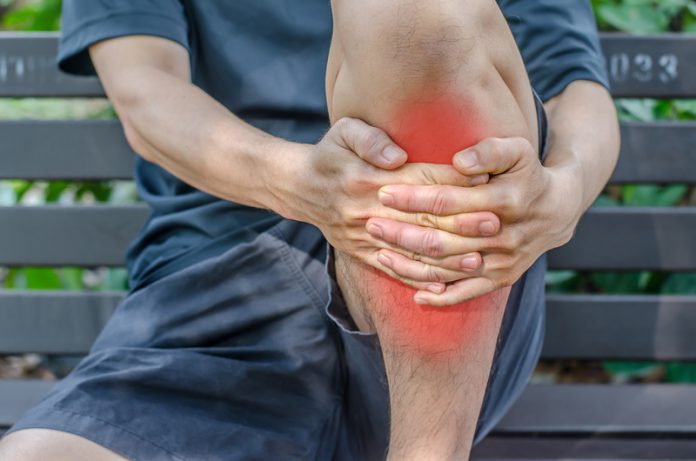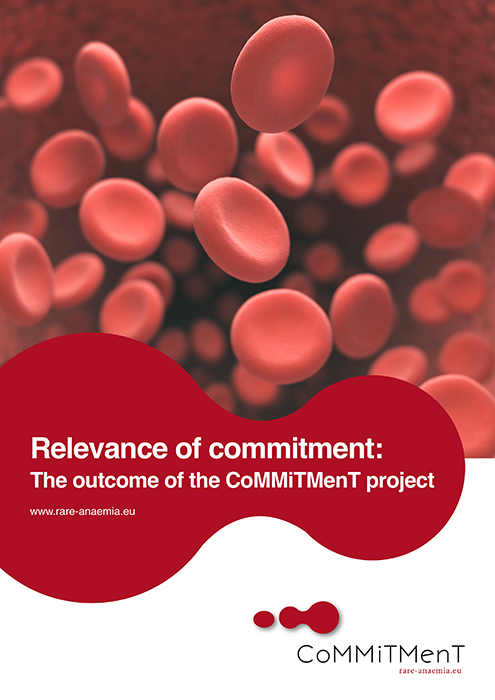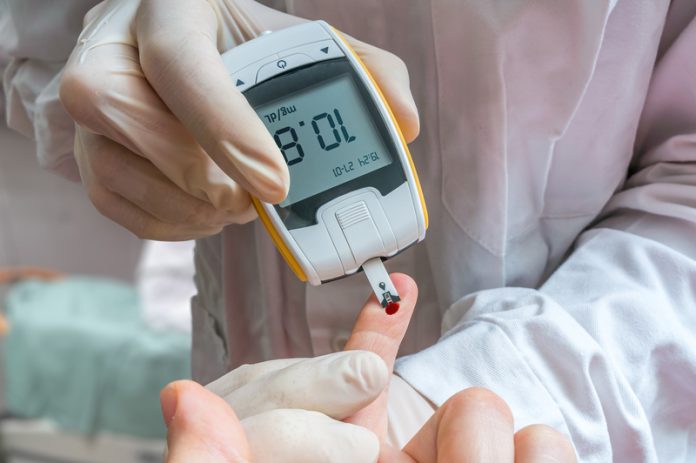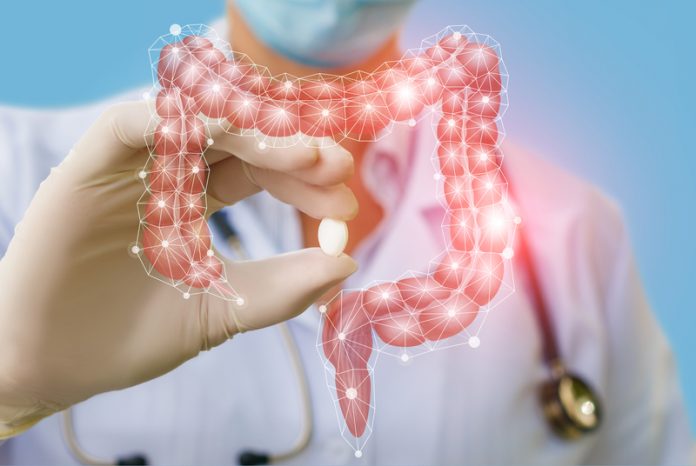Open Access Government produces compelling and informative news, publications, eBooks, and academic research articles for the public and private sector looking at health, diseases & conditions, workplace, research & innovation, digital transformation, government policy, environment, agriculture, energy, transport and more.
Home Search
gene therapy - search results
If you're not happy with the results, please do another search
Red blood cells meets physics. Physics meet red blood cells
Professor Anna Bogdanova, University of Zurich, explores the relationship between red blood cells and physics, in this in-depth analysis.
Stroke recovery: The exciting trends of the future
Steven A. Kautz, Professor at the Ralph H. Johnson VA Medical Center and the Medical University of South Carolina College of Health Professions gives a glimpse into the future trends for stroke recovery research.
Artificial pancreas systems in Type 2 diabetes
Prof Dr Freimut Schliess, explores how artificial pancreas systems are revolutionising healthcare for Type 2 diabetes patients.
Health research: Why can asthma still not be cured?
Prof Dr Michael Roth poses the big question about asthma and the lack of a cure, discussing the causes and medications used to help control it.
ChiLTERN: European project to improve outcome of children with liver cancer
In this analysis, Professor Keith Wheatley tells us about The ChiLTERN project, the most comprehensive research study ever undertaken in children’s liver cancer
Using technology-enabled mental health treatments for Type 2 diabetes
Sarah Bateup analyses how technology-enabled mental health treatments could be used to help those with Type 2 diabetes
Bleeding gums: Sentinels of non-communicable diseases of ageing
Professor Iain Chapple from the University of Birmingham UK, explains the link between periodontitis and non-communicable diseases such as Type 2 diabetes
Point-of-care devices technology for therapeutic drug monitoring in cancer treatment and beyond
Christian Siebel and Dott.ssa Bianca Posocco detail the work of DIACHEMO, a Euroepan project developing a platform technology for point-of-care devices for chemotherapeutics and other drugs.
Prostate cancer: A riddle wrapped in a mystery inside an enigma
Professor Malcolm Mason, Cancer Research UK’s Prostate Cancer Expert reveals why prostate cancer is a riddle wrapped in a mystery inside an enigma
Biomarkers and patients’ access to personalised oncology drugs in Europe
Heinz Zwierzina M.D., CDDF Managing Director tells us all about biomarkers and patients’ access to personalised oncology drugs in Europe in this insightful article
Paediatric haematology research in the UK: Starting at the beginning
Why starting at the beginning is so important in paediatric haematology research in the UK is a point impressed on us by Dr Sujith Samarasinghe at Great Ormond Street Hospital, London and Grazina Berry, CEO of the Aplastic Anaemia Trust.
Health research: Why can asthma still not be cured?
Michael Roth, Research Group Leader at the University Hospital Basel explains what asthma is, its health impact and charts research landscape in the field.
Therapies for weak muscles
Research into personalised interventions is helping pave the way for a new generation of therapies for weak muscles at the Balgrist Campus
It is estimated that ten percent of the costs of health care in Switzerland (or an equivalent of 500 billion Euros per annum in the EU) being associated...
Do we know the cause of asthma and COPD?
Michael Roth, Research Group Leader at the University Hospital Basel & University Basel share his expertise on asthma and COPD, the most prevalent chronic inflammatory diseases of the lung globally
Cutting-edge technology synergy in the personalised nanomedicine space: Focus on pharmaceutical nanomanufacturing
Cecilia Van Cauwenberghe from Frost & Sullivan’s TechVision Group explains cutting-edge technology synergy in the personalised nanomedicine space, with a special focus on pharmaceutical nanomanufacturing
The burden of anaemia: The CoMMiTMenT project
Anna Bogdanova & Lars Kaestner share their thoughts on anaemia, a serious global health burden that affects 1.6 billion people globally
Diabetes monitoring and drug delivery innovation fields: The scenario for big technology synergy
Cecilia Van Cauwenberghe from Frost & Sullivan’s TechVision Group provides a market perspective on the diabetes monitoring and drug delivery innovation fields and explains why these are a scenario for big technology synergy
Biology research: The state of health of the gut microbiome
Hannah M. Wexler, Professor at the Greater Los Angeles VA Health Care System and UCLA School of Medicine gives a fascinating glimpse into biology research that focuses on the state of health of the gut microbiome
Cardiovascular science: Novel advances in ischemic heart disease (IHD)
Novel advances in ischemic heart disease (IHD) are placed under the spotlight here by Luigi Marzio Biasucci MD from Fondazione Policlinico Universitario A Gemelli who specialises in cardiovascular science
Working to treat and prevent Alzheimer’s disease and related dementias
Dr Richard Hodes, Director of the National Institute on Aging within the U.S. National Institutes of Health, explores the importance of working together to treat and prevent Alzheimer’s disease and related dementias.

